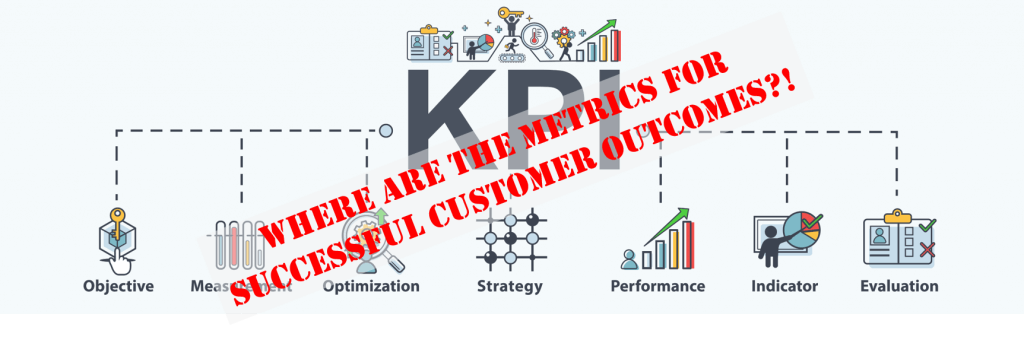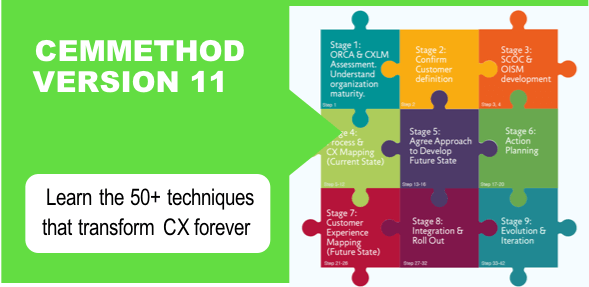Amazon founder Jeff Bezos employed
rules and principles to make the company successful that are revealed in a new book, “Flywheels: How Cities Are Creating Their Own Futures.”
The book was written by Tom Alberg, an early-stage investor and ex-Amazon board member of 23 years, and he explained Bezos'”Day1″attitude.
The book also talks about how Bezos overcame the company’s early difficulties in attracting investors.
Alberg described the rules that Bezos followed at work based on his experience watching the tech magnate make judgments.
Customer Obsession
In his book, Alberg noted, “The most important thing is customer obsession.” He went on to say that too many organizations, in his opinion, focus on their competition rather than Their customers.
According to Bezos, who testified before a congressional committee, “Customers Are consistently, delightfully unsatisfied.
We are continually inventing on behalf of our clients out of a desire to delight them” Alberg writes. According to him, Bezos made moves that harmed Amazon’s short-term business line but benefited customers and ultimately helped Amazon become a trillion-dollar company.
Continuous Invention & Innovation
“Continuous invention and innovation” is the second principle. According to Alberg, client happiness and inventiveness are inextricably linked. “When making decisions, customer happiness and innovation are powerful touchstones,” he added.
When you ask yourself, “What is the best decision for the customer?” it becomes much easier to make decisions. “Is there a way to invent our way to a solution?”and”Is there a way to invent our way to a solution?” Alberg writes.
Operational Excellence
According to Alberg, the third principle championed by Bezos is operational excellence. “Two-pizza teams,” “one-click shopping,” “single-threaded leaders,” and “working backward/becoming Outside-In” are some instances.
One of Bezos’ more inventive techniques is the”two-pizza rule,”which aims to avoid wasting a full day on unproductive meetings.
So, how does it work?
The more people you have at a meeting, the less productive it will be. The notion is that instead of expressing their viewpoints and ideas, most people will end up agreeing with each other (groupthink).
What is the solution?
Never have a meeting where two pizzas aren’t enough to feed everyone. According to Alberg, the fourth principle underpinning Bezos’ decision making process at Amazon is to think long-term.
Think long term
This can be everything from starting a new business to investing in new technology. Bezos’ early use of AI is one example.
“Jeff told the board that he intended to apply AI in every element of the business when firms were just beginning to understand the possibilities of machine learning and AI,” he wrote. The next step for Bezos was to employ AI experts and instruct the existing engineers on how to use AI.
According to Alberg, Amazon produced and made AI capabilities available to clients on Amazon Web Services, originally run by Andy Jazzy, now the new global CEO since the Jeff Bezos exit. Making AI available to employ in their businesses actually to compete against Amazon.
Staying Optimistic
Alberg noted that his fifth principle, and probably the most important, is his “staying optimistic for the future and how we are only in Day 1.” Bezos’ “Day 1” mindset is founded on the broader premise that, “while the internet and Amazon may appear mature to many, we are still at the beginning, according to Bezos.
Alberg commented, “It is his greatest expression of optimism about what the future will hold.”
These concepts are “not hidden,” according to Alberg. “However, you must adhere to them at all times, something most businesses are unwilling or unable to do.”
What is the Best Decision for the Customer?
Tom Alberg
Get the book: https://bit.ly/CXObsessed
Watch Bezos talking about Customer Obsession: https://youtu.be/Yr_vQgzAgDM
Image Credit: CC: Daniel Oberhaus, 2019
Do you want to embrace advanced Customer-Centric thinking and become Outside-In?
👉 Step #1 – Review the upskilling options to become an ACX Professional & ACX Master: https://lnkd.in/dANgYX59
👉 Step #2 – Get The Book: Outside-In The Secret *FREE* https://bit.ly/OI2021now
👉 Step #3 – Connect With The Community: https://linktr.ee/SteveTowers
👉 Step #4 – Keep Pace with Change: Recent Keynote – The Hard Benefits of XM | https://cemnext.com/xmroi2023
👉 Step #5 – Review the Testimonials Accredited Customer Experience Professional – BPG (bpgroup.org)













 different, and how it reframes the work we do?”. I guess I was about to fudge and say this needs more than 30 seconds, and then remembered my two-slide explanation!
different, and how it reframes the work we do?”. I guess I was about to fudge and say this needs more than 30 seconds, and then remembered my two-slide explanation!





